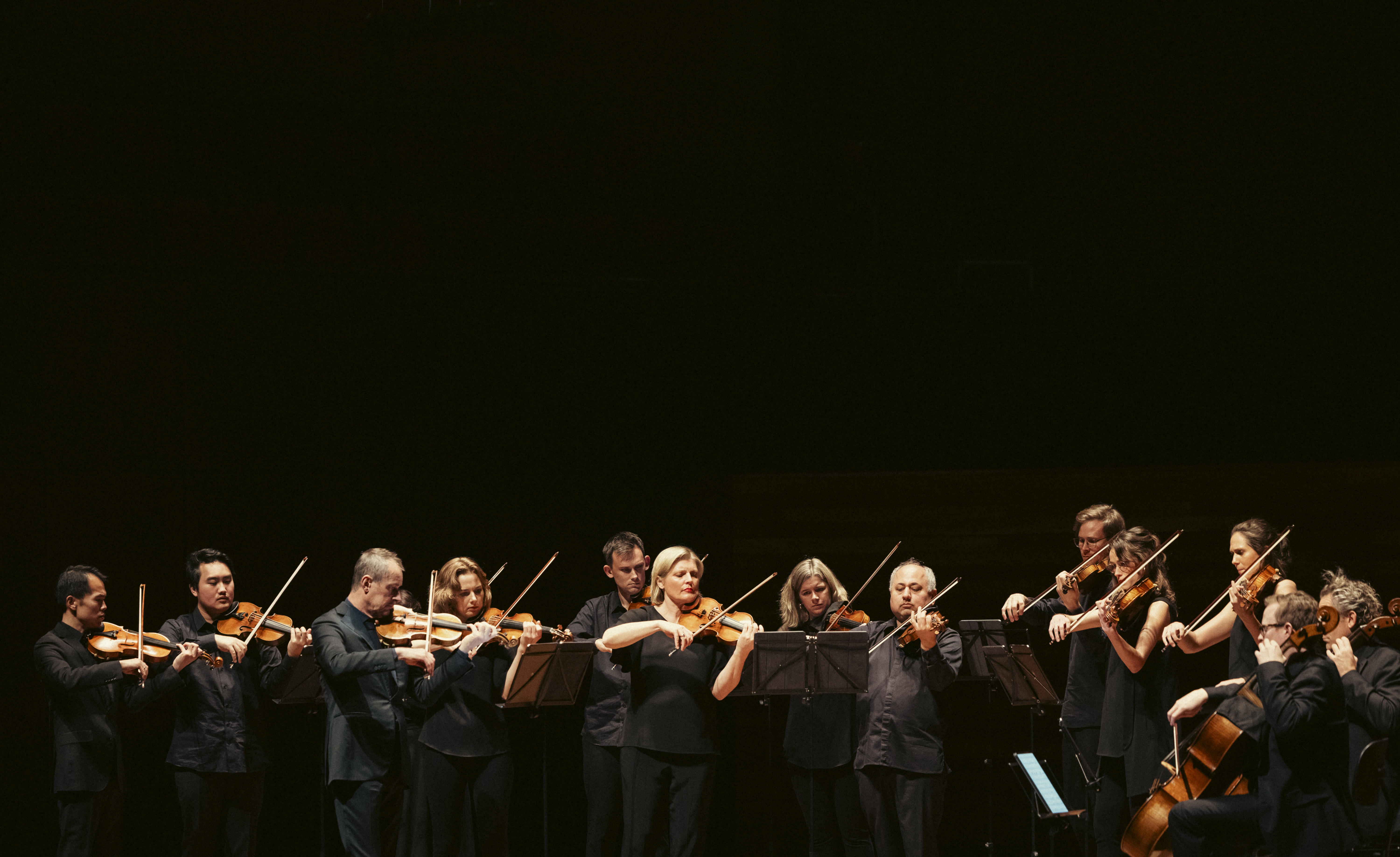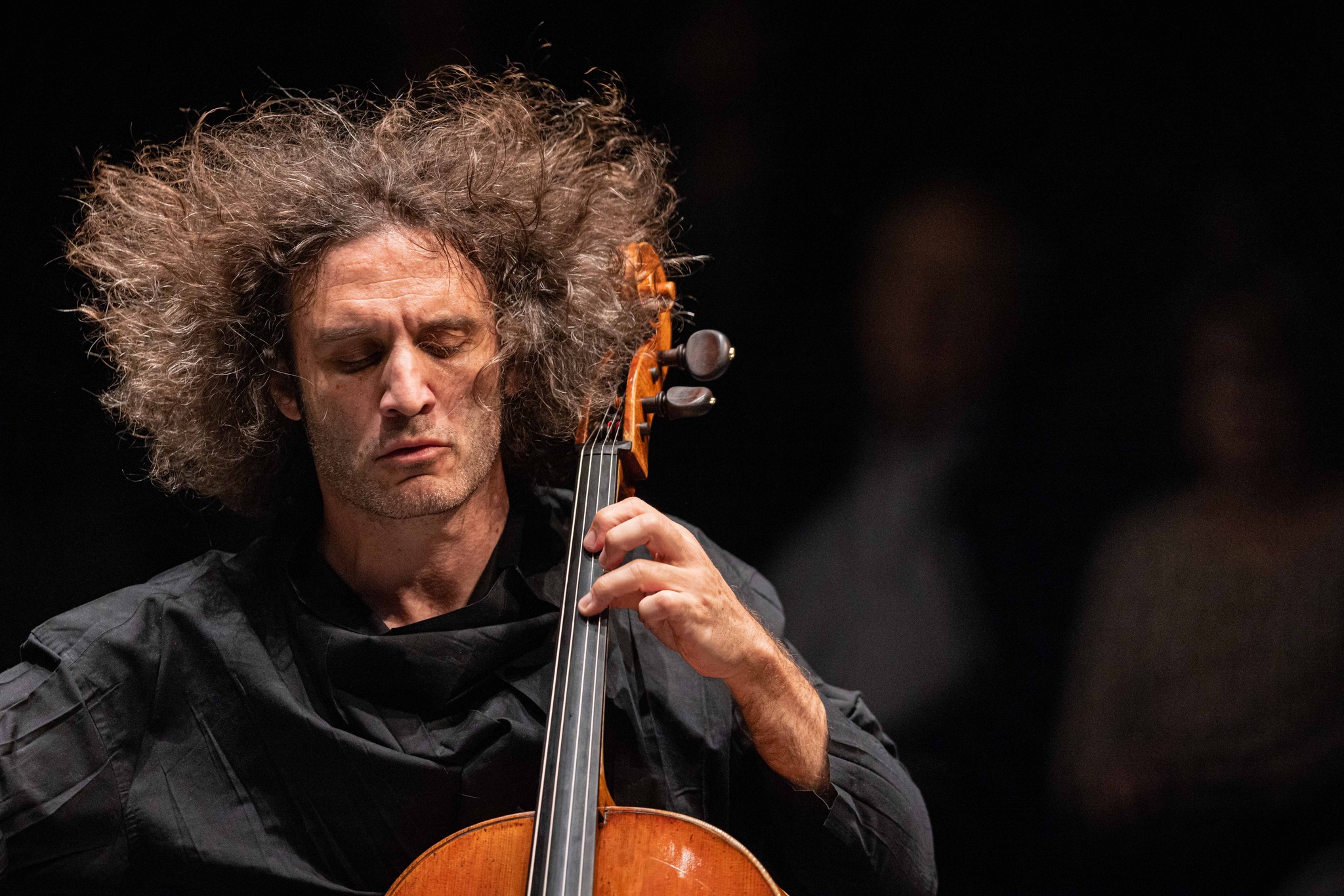
It’s been a long, cold winter and Nicolas Altstaedt is enjoying the daylit hours of the northern spring. Staying in the Bavarian town of Landshut, in the foothills of the Alps, he’s readying himself for recordings and performances in Europe and around the globe.
Around him, people are out making the most of the warm weather. Summer has arrived early, and the cellist and conductor is reminded of summers past. He and his older brother, acclaimed conductor Cristoph Altstaedt, would prepare for the holidays by visiting the library. Instead of borrowing books, however, the pair would check out orchestral scores.
Poring over the sheet music, the 10-year-old Altstaedt undertook what he regarded as “detective work”. He could see how a score was notated, but when he checked it against different recordings, he learnt “how interpretations can vary based on one single score – that was a big fascination”.
Christoph was into Bruckner’s Symphony No.7 whereas Nicolas fell hard for the dark depths of Brahms’s Fourth.
Were they like brothers arguing over football teams? “This is also very interesting,” Altstaedt jokes. “Although, it depends on which teams.”
Over the phone, it is clear Altstaedt has an acute ability to listen. It feels as if he is taking in every inflection of the interviewer. This in itself is not a surprise: close listening is a professional necessity. There’s a grace to the way he receives questions, a generosity and thoughtfulness in his answers. With each program he curates, he feels a responsibility to grapple with classical music’s thorniest questions.
“What is my responsibility now in the 21st century?” Altstaedt asks. “What does music mean nowadays? What is still relevant and what is important to be played, and what do we have to bring to the people? Music,” he continues, “is always describing the human condition. It’s done, of course, throughout the centuries in different styles, because humanity and society and nature are changing, but the questions remain the same. The masterworks will last forever, because they have eternal value and are not just bound to a certain time where it has been a fashion to perform those pieces.”
He pauses. “You learn a lot by just looking around and discovering pieces and looking for connections. There’s always something that you don’t know or have not heard and then discover, and it’s a learning process – we are students in the end.”
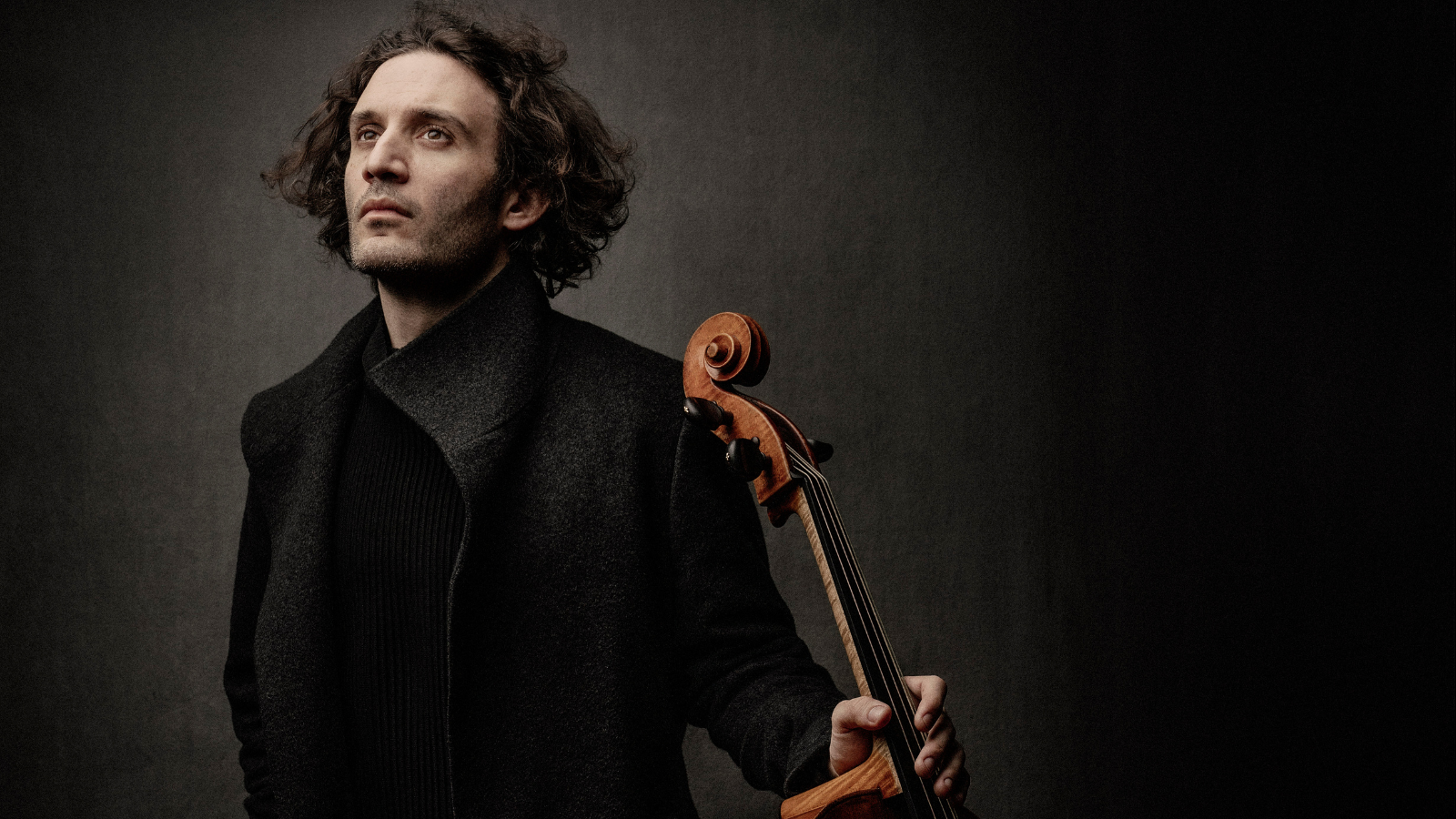
Born to a German-French family in Heidelberg in 1982, Altstaedt grew up in the North Rhine-Westphalia town of Gütersloh, surrounded by “a lot of nature and flat green fields”. It was a childhood full of music in and outside the home. His father, a vascular surgeon, had a great passion for the arts and an extensive classical LP collection. Nicolas started listening to more contemporary composers. He found Shostakovich’s First Cello Concerto and played it over and over. “This was a big inspiration for me to learn the cello,” he says. He began as a six-year-old and
felt an immediate affinity with the instrument.
The Altstaedts took their sons to concerts as often as possible. In the 1980s and ’90s, Gütersloh, with a population of 90,000, had a vibrant contemporary music festival. This was a halcyon time for a melophile, before globalisation and digitisation changed the performing landscape.
“I heard a lot of first performances, a lot of major works by major composers,” Altstaedt recalls. The Hungarian-Austrian composer, György Ligeti, visited several times to premiere work and “you meet the composer, you shake hands, you talk with them”.
This access, Altstaedt acknowledges, was fundamental to his education. “It was kind of astonishing that something you expect to be happening in Paris or London was happening in such a small town.” One of Altstaedt’s first cello teachers played a lot of baroque music, introducing his student to the period instrumental movement, which champions historically authentic performances, and to one of the movement’s pioneers, the revered conductor Nikolaus Harnoncourt.
“There’s always something that you don’t know or have not heard and then discover, and it’s a learning process – we are students in the end.”
“There was no internet,” Altstaedt says, “but there were lots of documentaries done with Nikolaus Harnoncourt talking about music. We saw someone with this huge and very charismatic way of articulating his musical beliefs. That was very fascinating to watch.” Harnoncourt became one of Altstaedt’s idols, as did the conductor’s collaborator, the Latvian violinist, Gidon Kremer.
Kremer, he says, “created sound on the violin that was so highly personal and that hadn’t really existed before. It was a new way of playing a stringed instrument. No one has done it in the same way. These two figures were, in my childhood, very influential personalities.”
Altstaedt, performing with the Australian Chamber Orchestra for the first time, says he has followed its work closely for many years. “The ACO is a part of the world’s cultural heritage,” he says. “I have been lucky to come to Australia since 2008, but being invited to work and perform with the ACO is an inspiration, that surpasses many dreams. The ACO has an identity of the highest creativity and curiosity in its core, that I look forward to discovering and experiencing. I can only enter this collaboration with the most openminded spirit and see where it takes us all together.”
He brings to his playing a combination of technical virtuosity, lyricism, warmth and a feel for both the epic and the absurd, often finding a wry moment to explore. The New York Times describes his style as “audacious, even radical” and The Guardian calls it “thrilling”.
In 2003, while Altstaedt honed these gifts at the Hochschule für Musik Hanns Eisler Berlin, it was announced that Kremer would be visiting the University. The celebrated violinist was giving a public master class: anyone could apply and the young cellist added his name to the list.
“I have been lucky to come to Australia since 2008, but being invited to work and perform with the ACO is an inspiration, that surpasses many dreams.”
After playing the Lutosławski Cello Concerto for Kremer, Altstaedt’s childhood hero was sufficiently impressed to invite him to his chamber music festival in Lockenhaus, Austria – a yearly “antifestival” that is considered a European cultural treasure. Altstaedt returned “basically every summer to try to see and listen to as many rehearsals and concerts as possible”.
In 2010, 28-year-old Altstaedt came to international attention after being unanimously judged the winner of the prestigious Credit Suisse Young Artist Award. There followed, at the Lucerne Festival, his critically acclaimed performance of the Schumann Concerto with the Vienna Philharmonic, under Gustavo Dudamel. Soon after, another life-changing honour came his way. In 2012, Kremer entrusted Altstaedt with taking over from him as the Lockenhaus Festival’s artistic director.
“That was, of course, one of the greatest gifts I received,” he says, “because having a festival enables you to invite people that you admire and from whom you can learn. I can make music with people I adore.” Altstaedt can also replicate the sense of openness and possibility he found in the music festivals of his youth. At Lockenhaus, rehearsals are largely open to the public, and the program is a set menu, posted only on the day of the concert. As Strings magazine puts it, he is “creating whole new paradigms for making classical music … the musicians Altstaedt recruits always include the leading edge of classical music’s movers and shakers.”
This may seem a long way from studying musical scores procured from the school library, although Altstaedt admits this long-ago hobby “probably led to what I’m doing now”.
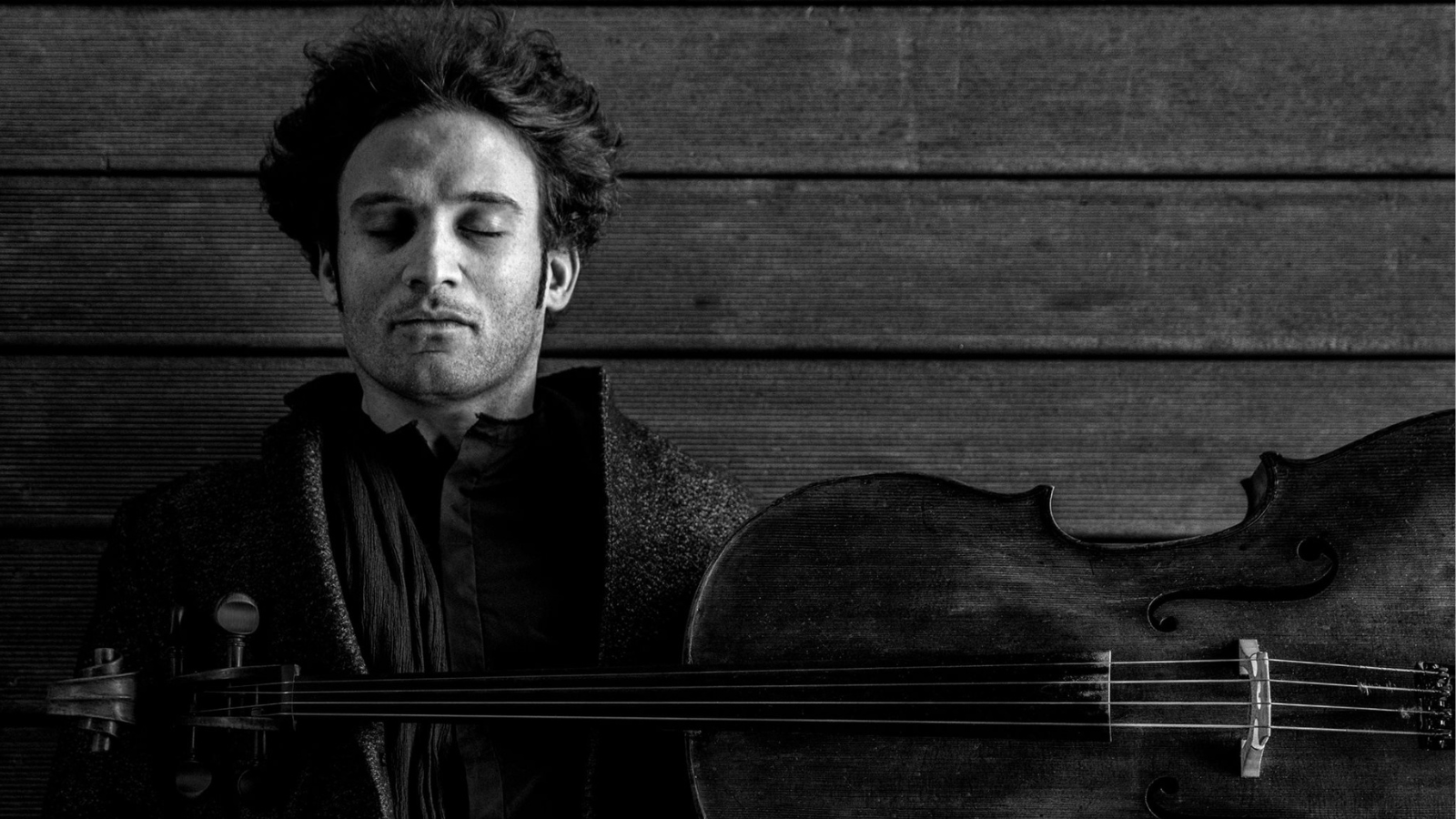
In this program, Altstaedt and the ACO have brought together composers that speak to each other across the centuries in unexpected ways.
From 2015–2022, Altstaedt served as artistic director of the Haydn Philharmonie – an appointment personally made by Ádám Fischer. After these years working at the old court in Esterházy, he feels deeply connected to the composer and the “milestone” Cello Concerto in C major. “And then we thought, what can we pair it with? Haydn’s cultural background, going back to the Austro–Hungarian monarchy, suggested a Hungarian composer,” he says – hence the selection of Sándor Veress, who himself studied Hungarian folk music with Béla Bartók, and his Four Transylvanian Dances.
As Strings magazine puts it, he is “creating whole new paradigms for making classical music … the musicians Altstaedt recruits always include the leading edge of classical music’s movers and shakers.”
Haydn’s Seven Last Words of Christ shares a spiritual connection with György Kurtág’s Officium breve in memoriam Andreae Szervánszky, and both works also grapple with time. Haydn described writing the orchestral piece’s extremely long movements as one of the greatest challenges of his life. Kurtag, on the other hand, wrote his “short, aphoristic pieces” in 12 minutes. Altstaedt is fascinated by the way these composers “both achieved eternity but in very different measures”. “Haydn builds a new musical language without following up on role models and is the composer of the age of enlightenment, that impacts our music right up to today,” he says. “He reinvents himself with each piece and is therefore someone you can call an avant-gardist.”
Tchaikovsky’s Rococo Variations is a paean to a period that overlapped Haydn’s lifetime and shows Altstaedt’s gift for delving into the sinew of repertoire. It is important to him to play Tchaikovsky’s original version, which until recently was erased by the better-known interpretation of the 19th-century cellist, Wilhelm Fitzenhagen. “Our task is to read the mind of a composer and to see behind the notation,” he says. “How can you perform a work in the way the composer wants it to be? It’s a never-ending fascination.”
Finally, Altstaedt feels an affinity with the brilliant 20th-century polymath, Iannis Xenakis. Xenakis’ piece Aroura, he says, “is something not to talk about too much, but to experience”. “It’s a very rough and present and powerful piece, which sometimes makes the 18th-century pieces sound more modern, because our ears are opened up by rough sounds.”
With lauded seasons leading orchestras across Europe and around the world, Altstaedt is in ever-increasing demand as a performer and conductor. He works closely conducting OPRF Paris and the Munich and Scottish Chamber Orchestras, which he believes complements his playing. The performer’s quest for individual perfection is tempered by the conductor’s need for harmonic cohesion and fidelity to the architecture of the piece.
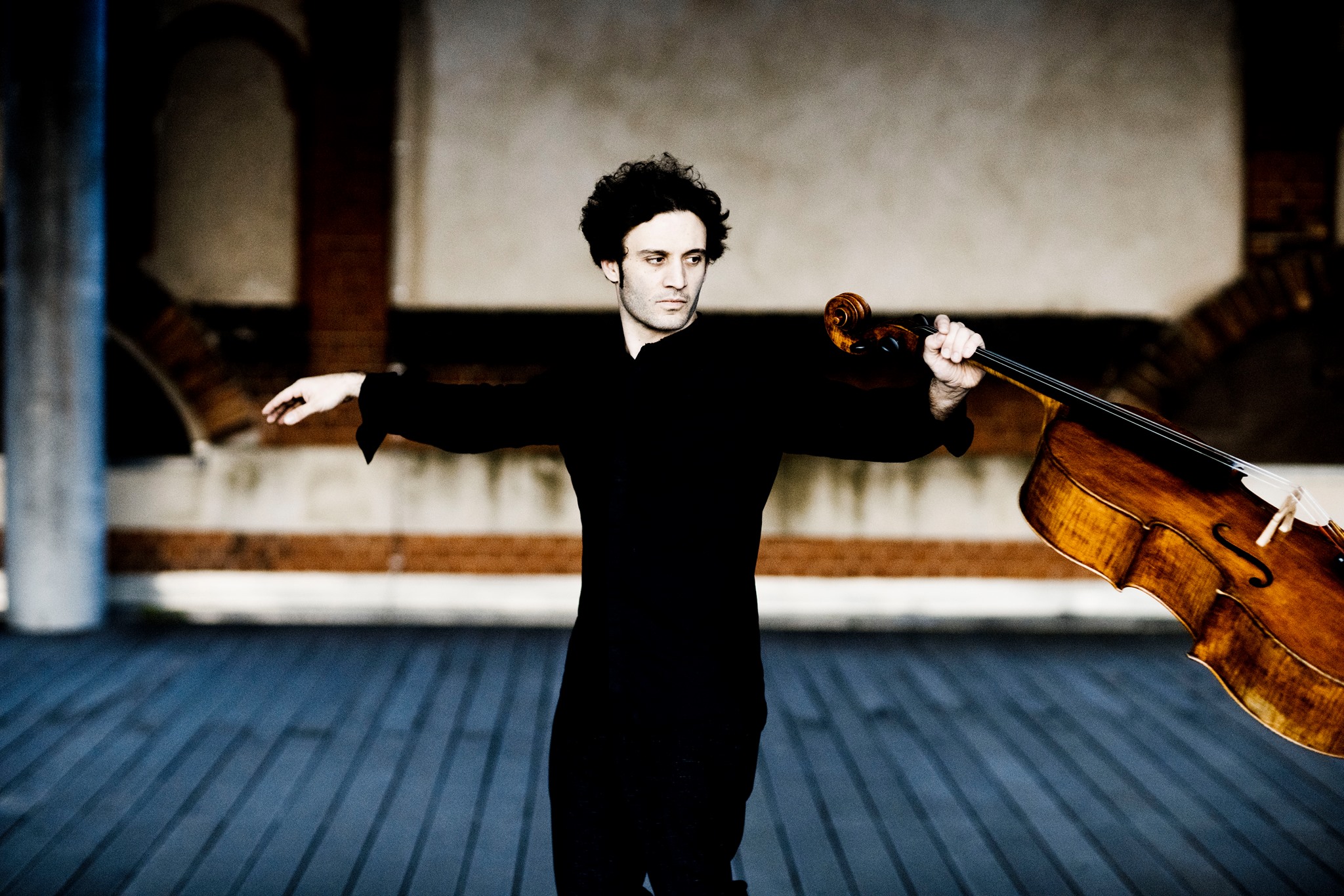
At this point in his stellar career, Altstaedt finds himself travelling almost constantly. Recently, he’s begun to wonder whether the solution to never being home is to stay on the road.
“Perhaps I don’t really need a place to go back to for, like, one or two days a month,” he says. Europe, conveniently enough, has an abundance of musical cities right next to each other, “and so you always end up going, and performing, and you have lots of friends with whom you share these passions”.
“Musicians, we share the same spirit, and, our home is the music, so I try to be with people with whom I can talk, and feel, and understand the same language,” he says. “So, for me the musical family of friends is more important than the geographical one. And then I don’t think so much of where I should go, where I should be, or where I should live. I just try to constantly get inspired, and learn from and be with people that keep me healthy with their art. And I feel very thankful to have a lot of people I can constantly see on the road. I think that is for me what home is.”
In 2018, Altstaedt met – so to speak – his constant travelling companion. In a London dealer’s rooms, he played his 1749 G.B Guadagnini cello for the first time. “I pretty much knew. That’s the one.” He is droll about the inevitable romantic insinuation, a cliché that’s hard to avoid. He kept the instrument for another few weeks to be sure, “that my impression was not a wrong one”, that he was not rushing headlong into the relationship. “But then I was very sure that this is the instrument that I will learn from, hopefully over many years.”
One of the mysteries of the instrument is that it has great power despite being smaller than other celli. “It has a very round and horizontal sound that is always astonishing to hear, especially the bass is huge. It’s an enigma to understand how it has evolved this way. But, I would say, it’s a performer-friendly instrument. When you know how to handle it, it will be nice to you.”
In the midst of perpetual motion, Altstaedt finds something reassuring about the instrument’s constancy. There are times on the road when he unpacks the cello from the case and suddenly it doesn’t matter if he’s in his own room or in a hotel. “Okay,” he thinks to himself. “I’m back at home.”
Written by Chloe Hooper
Chloe Hooper is the award-winning author of The Tall Man and The Arsonist. Her latest book is Bedtime Story.
Altstaedt plays Haydn & Tchaikovsky is touring to to Canberra, Brisbane, Sydney, Newcastle, Melbourne, Adelaide and Perth. Tickets from $49, or $35 for under 35s and $25 for students. Click here to find out more and book.
